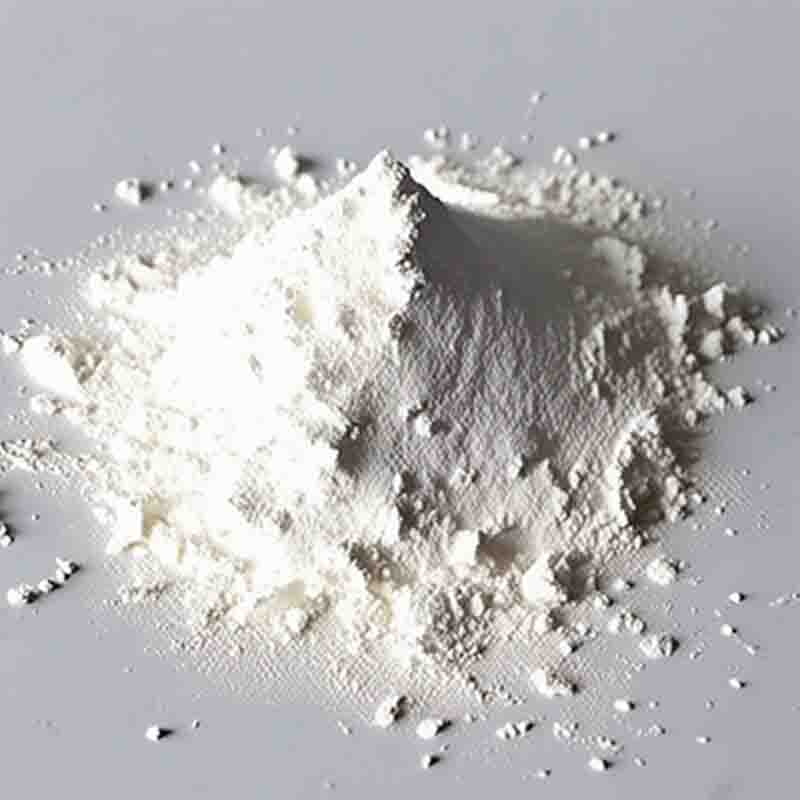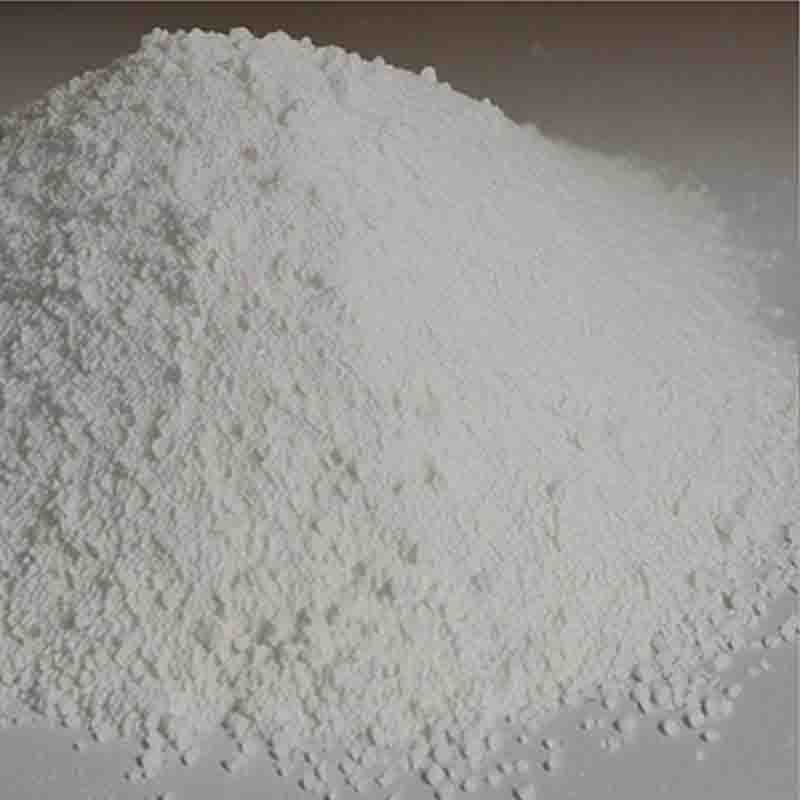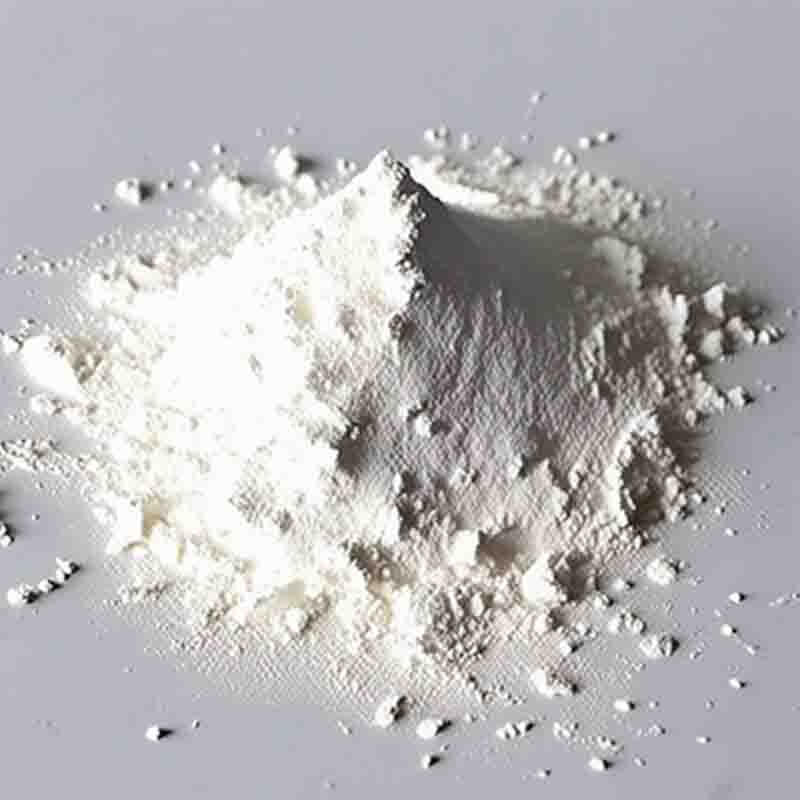Clofibricacid CAS:882-09-7
| Catalog Number | XD95255 |
| Product Name | Clofibricacid |
| CAS | 882-09-7 |
| Molecular Formula | C10H11ClO3 |
| Molecular Weight | 214.65 |
| Storage Details | Ambient |
Product Specification
| Appearance | White powder |
| Assay | 99% min |
Clofibric acid, also known as 2-(4-chlorophenoxy)-2-methylpropanoic acid, is a chemical compound that belongs to the class of fibric acid derivatives. It is primarily used as a lipid-lowering agent, specifically as a hypolipidemic drug to treat hyperlipidemia and prevent cardiovascular diseases. Here, we will discuss the effects and benefits of clofibric acid.One of the main effects of clofibric acid is its ability to lower lipid levels in the body. It works by activating peroxisome proliferator-activated receptors (PPARs), particularly PPARα. This activation leads to the upregulation of genes involved in lipid metabolism, resulting in increased fatty acid oxidation and decreased triglyceride synthesis. By reducing triglyceride levels and increasing high-density lipoprotein (HDL) cholesterol, clofibric acid helps to improve the lipid profile and reduce the risk of atherosclerosis and cardiovascular diseases.Clofibric acid has also shown anti-inflammatory effects. It has been found to inhibit the production of pro-inflammatory cytokines and inflammatory mediators such as C-reactive protein and leukotrienes. These anti-inflammatory properties make clofibric acid potentially useful in treating inflammatory conditions beyond its lipid-lowering effects.Studies have also suggested that clofibric acid may have potential antioxidant effects. Oxidative stress plays a significant role in the development of various diseases, including cardiovascular disorders. Clofibric acid has been found to reduce oxidative stress markers, such as malondialdehyde and reactive oxygen species, and increase antioxidant enzyme activity. These findings indicate that clofibric acid may provide additional benefits by reducing oxidative damage.Furthermore, clofibric acid has been investigated for its potential role in other conditions such as insulin resistance, non-alcoholic fatty liver disease, and polycystic ovary syndrome. It has shown promising results in improving insulin sensitivity, reducing liver fat accumulation, and regulating hormonal imbalances, although more research is needed to establish its efficacy in these areas.However, it is worth mentioning that clofibric acid is not without side effects. It has been associated with gastrointestinal disturbances, liver toxicity, and muscle-related complications such as myopathy and rhabdomyolysis. Therefore, it is crucial to use clofibric acid under medical supervision and monitor patients for any adverse effects.In summary, clofibric acid is a lipid-lowering agent with a range of effects and potential benefits. It effectively reduces triglyceride levels and increases HDL cholesterol, improving the lipid profile and reducing the risk of cardiovascular diseases. It also demonstrates anti-inflammatory and potential antioxidant properties. While further research is needed, clofibric acid holds promise in treating other conditions such as insulin resistance and fatty liver disease. However, its use should be closely monitored due to possible side effects.









